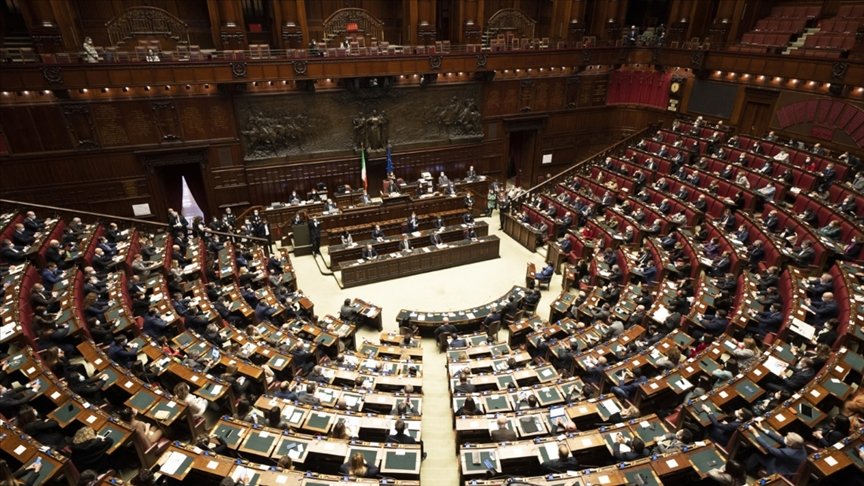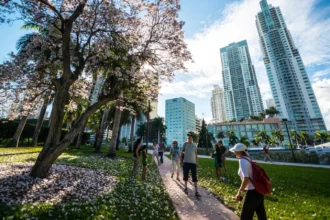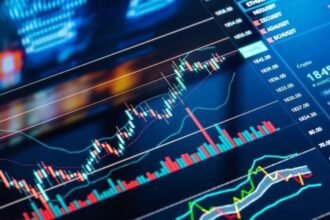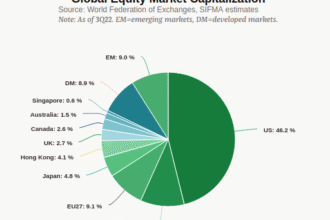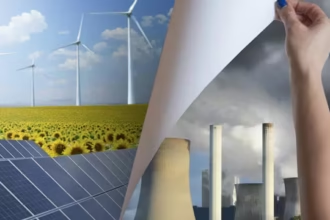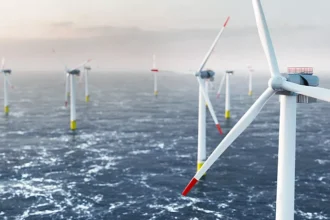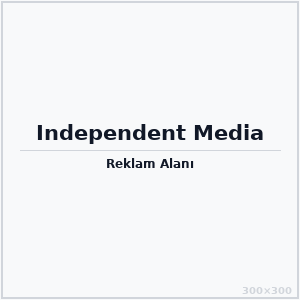Spot: As supply chains evolve and debt levels rise, policymakers worldwide are balancing growth ambitions with fiscal discipline and social stability.
From Crisis Management to Long-Term Strategy
The past decade forced governments to act reactively—stimulus packages, emergency lending, and debt relief dominated global economic agendas. Today, however, the focus is shifting toward strategic policy frameworks that emphasize sustainability, productivity, and inclusion. Nations are rethinking how to balance public spending with long-term economic resilience.
Inflation Control and Fiscal Reform
With inflation pressures gradually easing, many central banks are moving from aggressive tightening toward targeted fiscal adjustments. Countries like Germany, Japan, and Canada are adopting hybrid policies—encouraging green investment while maintaining budget discipline. The new goal is clear: stimulate innovation without overheating economies or worsening public debt.
The Rise of Industrial and Green Policy
Governments are now competing to attract green industries and strategic manufacturing. Subsidies for clean energy, semiconductor production, and digital transformation are at the core of this policy wave. The U.S. Inflation Reduction Act and the EU’s Green Deal Industrial Plan illustrate how industrial strategy has become a global race to secure the future.
Conclusion: The New Playbook for Policymakers
Economic policy in the 2020s is not about ideology—it’s about adaptability. Successful nations will be those that invest in people, technology, and sustainability while keeping fiscal fundamentals intact. The age of short-term stimulus is giving way to strategic, data-driven governance that builds durable prosperity.


